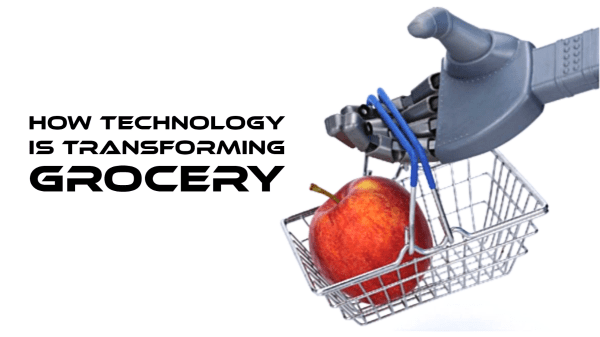We live in a high-tech world. Consumers today are accustomed to fast, seamless transactions, and they want what they want, when they want it.
The retail grocery industry has been relatively slow to adopt some technological innovations. The high cost of implementation in a low profit-margin business can weigh heavily on return on investment.
Plus, services like online grocery ordering and delivery took longer to catch on since shoppers seemed to prefer personally filling their carts, especially when it comes to fresh items like fruits and vegetables.
But Covid, labor shortages, and disruptors like Amazon have forever altered the playing field.
Tectonic Shifts
Amazon’s acquisition of Whole Foods Market, Inc. in 2017 was a major wakeup call for the retail industry, says David Bishop, partner at Brick Meets Click in Barrington, IL.
The purchase set off a number of defensive moves by traditional supermarkets, and one was to invest in technological advances.
Then came Covid, which Bishop calls “a tectonic shift we see once in a generation.” Grocers were forced to scramble to accelerate their ecommerce capabilities.
“The move to consumers purchasing food products online and having them delivered or picked up has caused many issues, not the least of which is the logistical expense,” says Bruce Peterson, CEO of Peterson Insights, Inc. in Bentonville, AR.
The need to address this expense has been a key driver in retailers embracing technology, he says.
As a result, grocers have built up automated fulfillment centers using robotics to improve picking efficiency. They’ve added micro-fulfillment centers in stores and opened dark stores to aid in rapid online order fulfillment.
Robotics, however, is only one piece of the technology pie.
Artificial intelligence (AI) has created and continues to generate new solutions for store management. In the produce department, for example, AI-driven predictive ordering analyzes huge amounts of data beyond historical sales to reduce shrink and maximize gross profits.
From smart shelves to autonomous vehicles, AI can improve inventory control and store efficiency, reduce labor costs, address last-mile delivery, and enhance customers’ in-store experience.
This is an excerpt from the Applied Technology feature in the July/August 2022 issue of Produce Blueprints Magazine. Click here to read the whole issue.



